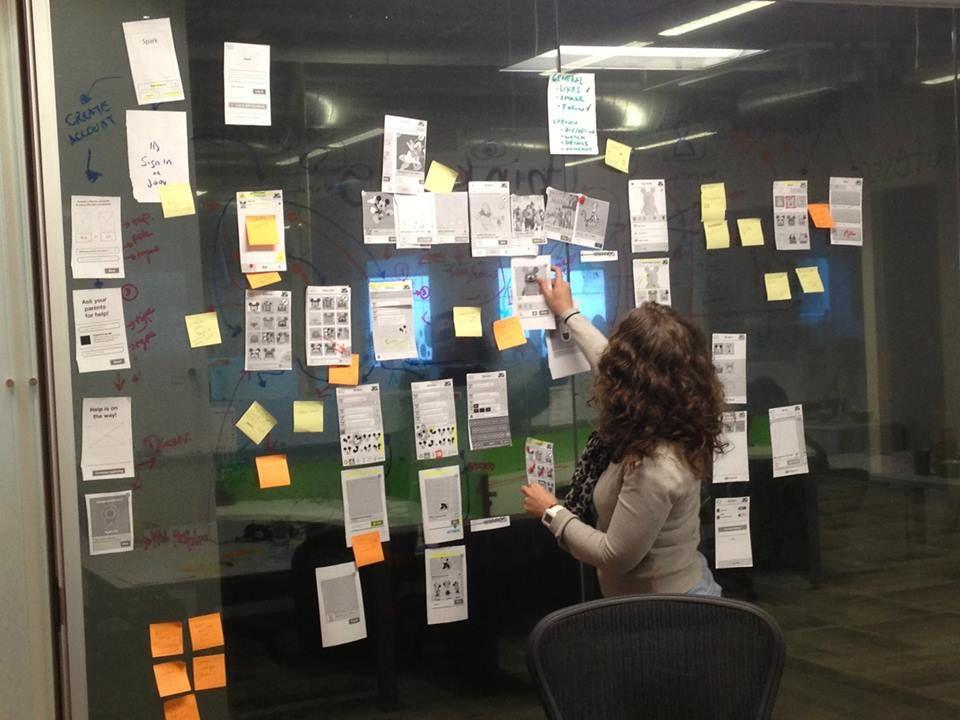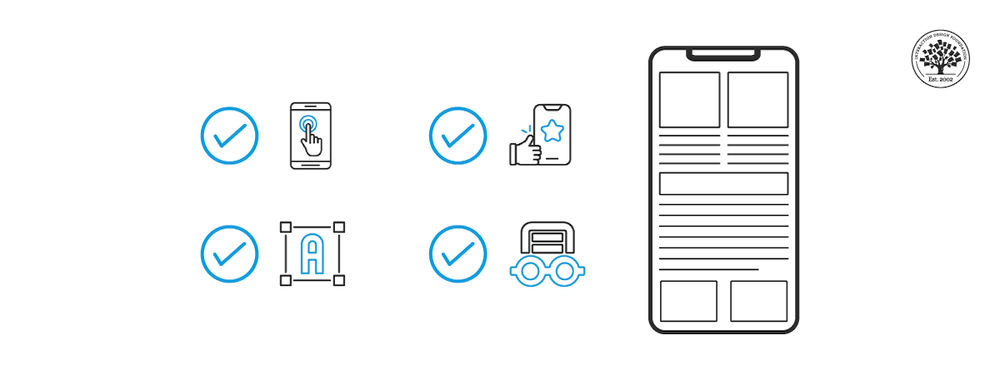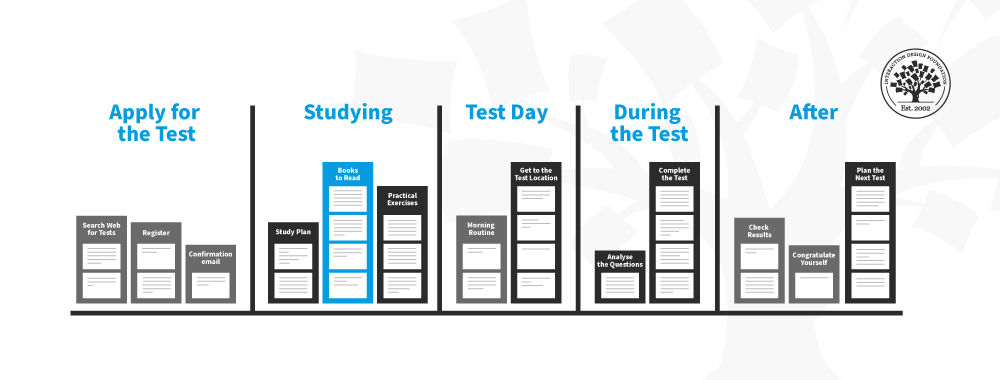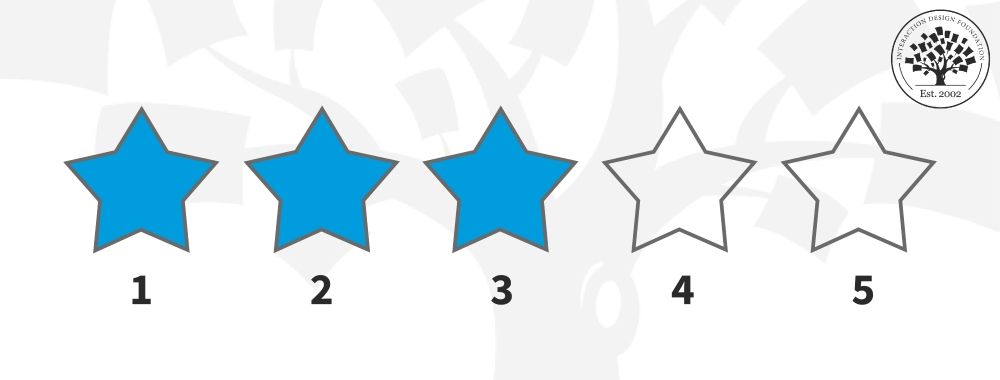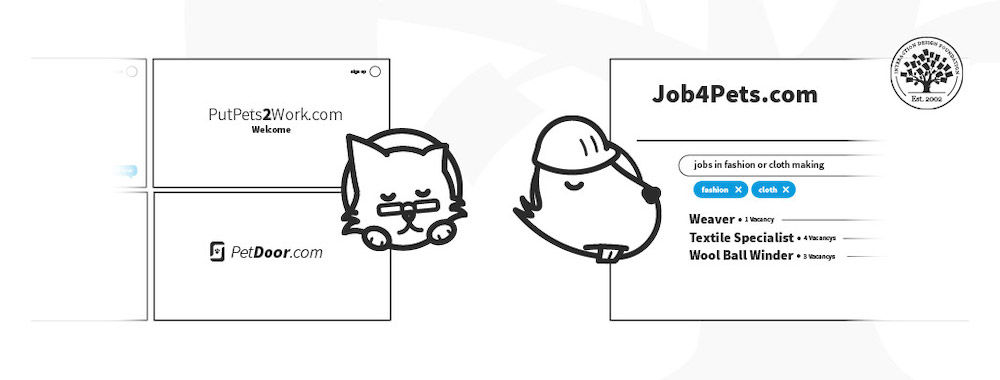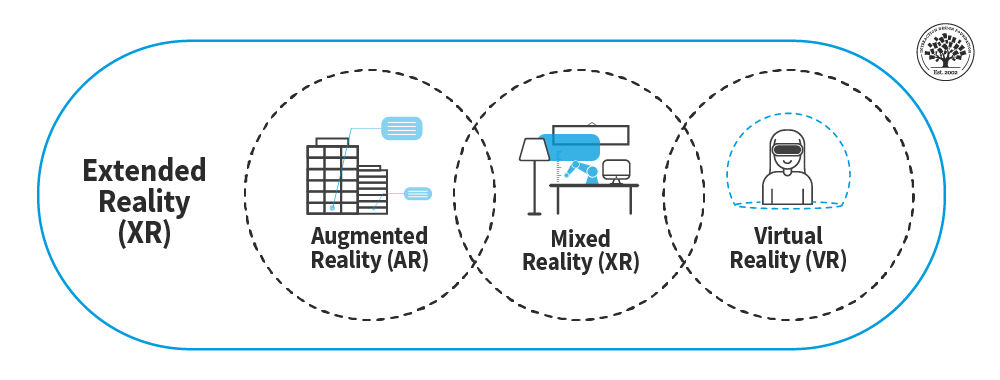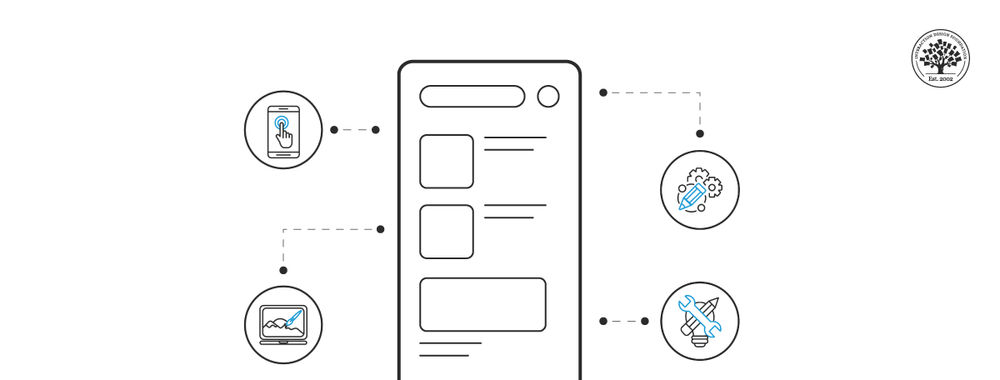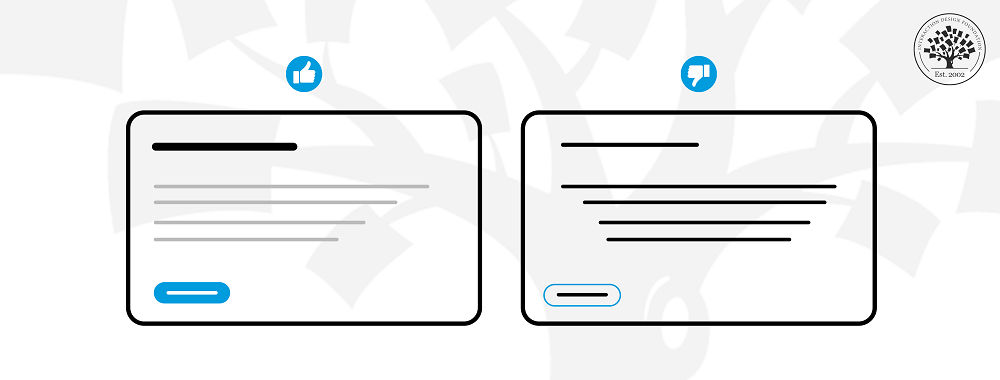You’ve done it! You and your team have worked tirelessly round the clock to build your application. It’s live in one (or many) app stores and you’re having a hard earned pint (or six) to celebrate. Then the realization dawns on you; this isn’t over. You’re never finished in today’s world – you’re just ready to start the next iteration of your product. What can you do to make that superb product even better? It’s time to do some UX research…

Collect Data
Hopefully, you’ve automated data collection as part of your release strategy. If you haven’t there’s something that you’re going to want to include in your next version. This data should be used in conjunction with what you know.

What’s does your application enable the user to do that they couldn’t do before? How many users do you have now? What do they use the application for (e.g. what you expected them to do or something completely unforeseen)? What are their needs and wants? How often do they use your app? Etc.
Talk to Your Users
Yes, we know that app developers prefer to live in dark, fertile computer labs where no user ever crosses their path but if you want to know about ways to improve your application; there’s no better place to start than talking to your users.
If you’re allergic to talking – you can always try building an analytics package into the back end of your application. This isn’t as good as talking to users but its’ better than nothing.
Use This Data Wisely
Before you act on every bit of feedback you get – take some time to structure your data. What are the big issues that are commonly faced? How easy would they be to fix? Where do your priorities lie?

Don’t rush into fixing everything. Most feedback turns out to apply to only a very small subsection of your user community. Make sure you get the big stuff sorted before you turn to the irrelevant.
Then Test Your Solutions
You know what you need to fix now or at least you think you do. Before you build a working solution test your ideas with your users… it can save you from developing solutions that are as awful as the problems they were meant to solve at a minimum. Sometimes it can reveal much better/simpler ways to solve the same problem.
Iterate a Few Times

Don’t be afraid to play with and test ideas and then throw it all away and try something different. Multiple iterations and multiple ideas bring the best solutions and the best ideas to the forefront. Your user’s experiences will be greatly enhanced if you put a lot of thought and effort into refining products rather than making snap judgements and delivering “enhancements” that no-one needs.
Header Image: Author/Copyright holder: Glassdoor. Copyright terms and licence: All rights reserved. Img
Images: Production, Data, Structured, Ideas
